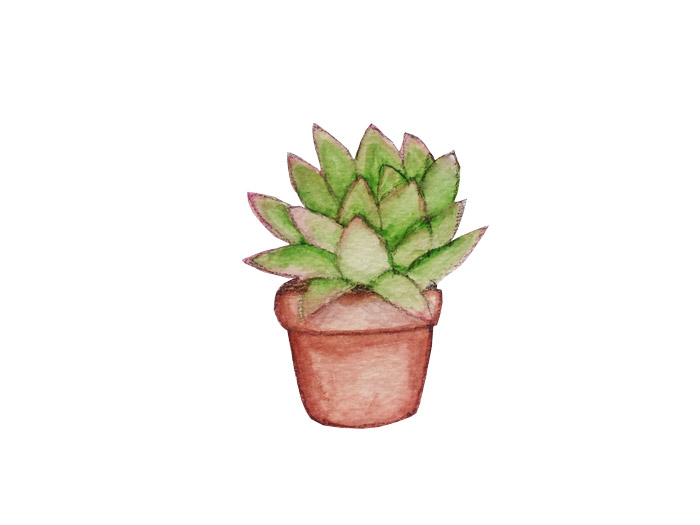It’s easy to forget about houseplants amid midterms, essays, and deadlines. On Oct. 19, the Concordia Greenhouse, in partnership with permaculture specialist Jonah Neumark, hosted a Houseplant Care 101 workshop to guide attendees through the basics of keeping houseplants alive and well. Neumark heads Neumark Design, a permaculture design and implementation company based in Montreal, and runs a plant nursery. The session covered how to provide proper lighting, water, soil, and fertilizers for plants, as well as combatting pests and diseases. Afterward, The McGill Tribune spoke with Neumark about the ins and outs of houseplant care and how to keep them healthy and happy, all while managing a busy student schedule.
The McGill Tribune (MT): Do you have any tips for first-time gardeners?
Jonah Neumark (JN): Follow a few basic rules. Water properly, give [houseplants] the proper lighting conditions, repot the plant[s], and keep them in good quality, aerated soil [….] Do basic research on the type of plant you have, the soil and light needs. [Consider] if it needs very arid conditions or wet conditions. [Is it] a tropical plant that needs to stay indoors, or is it a harsh plant that needs a cold dormancy?
MT: Many students are busy and don’t have time to care for their houseplants. What type of plant requires the least amount of care?
JN: Succulents and cacti for sure are very, very low maintenance. They’re very tolerant of dry conditions. You want to let the soil dry out almost completely. That is the one that requires the least amount of water. And it grows slowly, so you are repotting less often. Non-cacti that I recommend that are similar to cacti, in terms of aesthetic and type of plant, [are] the oxalis. It has a triangular red leaf and flowers beautifully. Honestly, I’ve had one since I was young in my parents’ house, and it must have gotten wilted to the point where all the leaves dried and died and had not been repotted in many years, but it still survived and flowered.
MT: What’s the difference between annual and perennial plants?
JN: An annual is a plant that only survives for one year, whereas a perennial survives for multiple years. You also have biannual plants which survive for two years and tri-annual plants which survive for three years.
MT: Are there good reasons to buy an annual even if it’s likely going to die?
JN: Many vegetables are annuals. They’re useful, productive plants, but that’s it. I find way too many people plant annual flowers [….] People often plant things like impatiens around the borders of their garden. They’re really pretty, but there are many perennials that are [just] as pretty. I think [people buy annuals more] because of landscaping and plant nursery industries [promoting them] in order to have resales.
MT: What are the best practices for watering houseplants?
JN: Pour in [more than just] a little bit of water. Take them to the bathtub or outside or put a tray underneath to catch the water, and saturate them fully with up to four waterings, flushing them each time so that the water comes out the bottom. The idea is that every time you water, you want to make sure the entire volume of soil is fully saturated. Water once, wait five or 10 minutes, and water it again [up to four times].
MT: No one like bugs in their apartment. Can pests be an issue for houseplants?
JN: There are diseases [that can affect them]. There are fungal diseases, and then there are things like mildew and rust. Then there’s pests. For mildew, you would use baking soda or sulfur [to get rid of it]. For most common insects, [such as] whitefly, aphids, mealybugs, insecticidal soap takes care of it.








